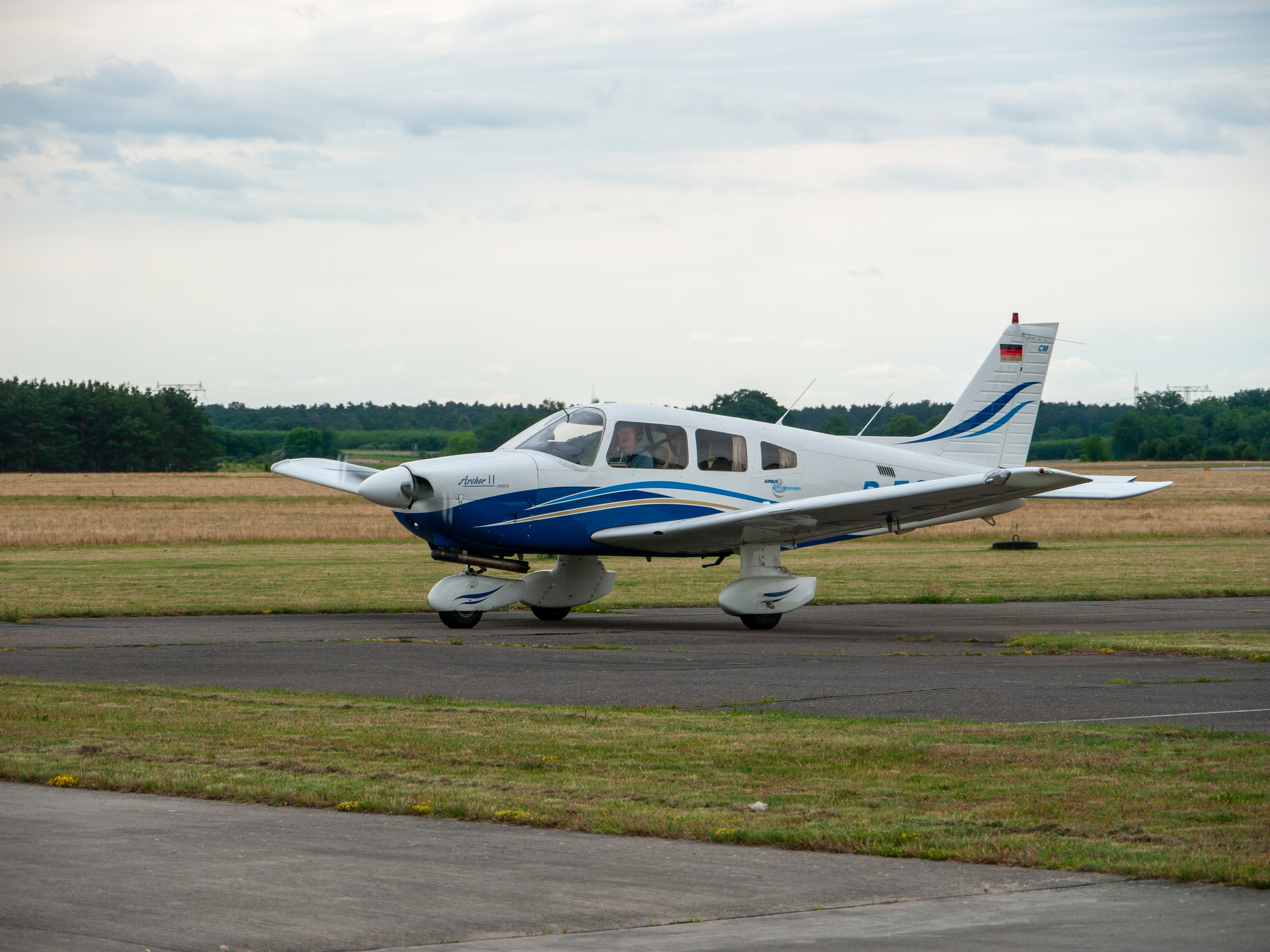Piper Archer: Cruising Elegance and Timeless Appeal



Ah, the Piper Archer. The mere mention of this aircraft often conjures up images of leisurely sunset flights, scenic overviews, and pure, unadulterated aviation joy. But for those not steeped in aviation lore, what’s the allure of this low-winged marvel? Join us as we unpack the legacy, performance, and nuanced quirks of this airborne icon.
The Legacy: From Cherokee to Archer
Diving into the world of the Piper Archer requires a brief foray into its ancestry. The Archer, known in aviation circles as the PA-28-181, owes its lineage to the formidable Piper Cherokee. As aviation needs evolved and pilots yearned for more thrust, Piper took the stage with an enhanced model. The Archer wasn't just an upgrade – it was a reimagining, offering a modern flying experience without abandoning its ancestral virtues.
Performance Metrics: By The Numbers
The Archer's heart, a Lycoming O-360 engine, pumps out a healthy 180 horsepower. This translates to a climb rate of approximately 700-750 feet per minute. Once you hit the cruising altitude, expect speeds of around 128 knots. Designed for both altitude and distance, the Archer performs optimally between 7,000 to 10,000 feet and can stretch its wings over a span of 600 nautical miles.
A particularly endearing trait for travel enthusiasts: its generous payload. With a max usable payload hovering around 880 pounds, even with four adults aboard, the Archer generously accommodates approximately 22.7 kg (50 lbs) of baggage per passenger. Weekend getaway, anyone?
Pros and Cons: The Archer Through a Pilot's Lens
Every aircraft, no matter how revered, has its strengths and idiosyncrasies. The Piper Archer is no exception.
The Positives:
- Fuel Efficiency: The Archer is an economical cruiser, averaging between 9.5 and 10.5 gallons per hour. This frugality ensures extended adventures without constantly hunting for the next refueling station.
- Manual Flap System: This tactile feature endears itself to purists. By giving pilots a direct, hands-on flying experience, it harks back to traditional flight dynamics while simplifying maintenance.
- Handling: Confidence in flight is paramount. The Archer's handling – safe, stable, predictable – delivers precisely that, even when the skies aren’t at their friendliest.
Areas of Improvement:
- Fuel Selector Positioning: Located near the pilot's leg, its accessibility is a tad compromised, demanding more of a lean and twist of the neck than a quick glance to check which tank your on.
- Overhead Crank Trim System: Early Archer models feature this system which, under pressure, can lead to second-guessing its operation. Is it clockwise to trim up or down?
- Fuel Tank Issues: Some Archers have had episodes of leaky fuel tanks. While many of these concerns have been addressed through Airworthiness Directives, it's a point to note for prospective buyers.
Flying the Archer: It’s All About the Experience
Beyond the numbers and the specs, the Piper Archer's allure lies in the intangibles: the joy of flight, the community of enthusiasts, and the silhouette of its low wings painting a picture against the horizon.
For seasoned aviators and newcomers alike, the Piper Archer offers a blend of nostalgia and modern functionality, making every flight a memorable experience.
So, for those pondering their next airborne adventure or seeking a trusty cruiser for their aviation journeys, the Piper Archer beckons with open wings.
Thinking about whether the Piper Archer is the right plane for you? Dive deep into the specifics with our Aircraft Operating Cost calculator and get a comprehensive breakdown of potential expenses to make an informed decision.
FlightFix: Aircraft Operating Cost Calculator

Photo by: Matti Blume
Cover photo by: Bidgee

